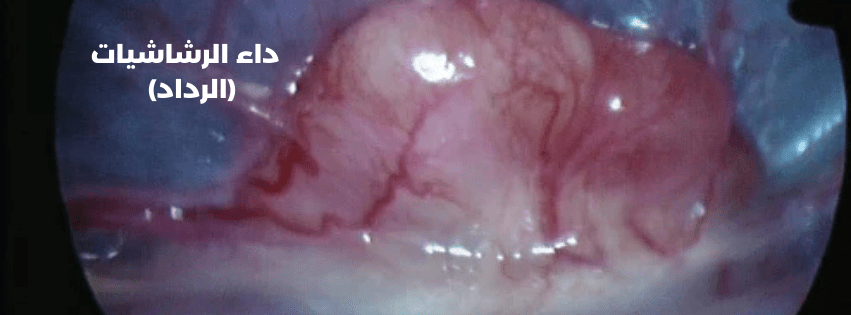
Aspergillosis (Al-Riddad)
Share
Common Diseases in Falcons:
Aspergillosis (Al-Riddad)
Aspergillosis is a common fungal disease among falcons that is difficult to treat and can lead to the death of the infected falcon. Gyrfalcons and their hybrids are more susceptible to this disease, possibly because these falcons are imported from cold or frozen countries where fungal diseases are rare, resulting in weakened immunity against fungi. Furthermore, the severe stress these falcons endure in the importing countries, especially in the Gulf countries with their hot and humid climates, increases their susceptibility to the disease. Other contributing factors include rearing and molting rooms, which are often cold, humid, enclosed, and unclean—ideal environments for fungal growth and spread, thus infecting falcons raised in such rooms. Additionally, other diseases and causes like lungworms, air sac inflammation, lead poisoning, and malnutrition (lack of Vitamin A and Vitamin B1), overuse of antibiotics, and stressful environmental factors like high humidity, dust, and decayed organic matter also play significant roles in increasing the falcons' susceptibility to the disease.
Aspergillosis can spread to falcons through inhalation of air contaminated with fungal spores, direct contact between infected and healthy falcons, or using contaminated equipment such as drinking vessels and perches.
Symptoms of aspergillosis may take more than six weeks to appear in infected falcons and several months to manifest in those with chronic aspergillosis. The key symptoms include green droppings, difficulty breathing, loss of appetite, tearing food into small pieces without eating, continuous vomiting, weight loss, lethargy, increased urine (white substance in droppings), weak flight ability, nasal swelling and blockage, thick nasal discharge and blockage, sinus swelling, and neurological symptoms like movement irregularity, twisted neck and head, balance loss, head tremors, tail tilt, and seizures.
Aspergillosis diagnosis involves various methods, primarily the endurance test, where the falcon's breathing rate is measured at rest and after a 30-second exertion period. If the breathing rate does not return to normal after resting, the falcon likely has aspergillosis. Other methods include observing the clinical symptoms, using medical devices like endoscopy to examine the abdominal cavity, lungs, air sacs, and other internal organs, and X-rays to observe the lungs and air sacs. Samples can also be taken during endoscopy for lab examination to confirm the infection.
Treating aspergillosis is extremely challenging and often ineffective due to a fibrous wall that prevents medication from reaching the fungus. However, some cases can be cured if detected early. Treatment of aspergillosis is classified into four levels based on the severity of symptoms:
Category 1: Symptoms include reduced appetite, slight weight loss, decreased activity, and occasional vomiting. Diagnosis is sometimes through endoscopy, and treatment is possible.
Category 2: Symptoms of Category 1 and respiratory symptoms (difficulty breathing). Diagnosed through endoscopy, and sample culture for confirmation. Treatment is sometimes effective.
Category 3: Severe symptoms such as extreme difficulty breathing, inability to tolerate flight or training, loss of appetite, continuous vomiting, and significant weight loss. Diagnosis through endoscopy and X-rays. Treatment is usually ineffective.
Category 4: Symptoms from previous categories and rapid death.
Preventing aspergillosis involves avoiding stress, malnutrition, and poor management practices, including cleaning rearing and breeding rooms and equipment, ensuring proper ventilation and humidity, and regularly checking falcons for disease. Sick falcons should be isolated from healthy ones, and their equipment should also be isolated and cleaned.
